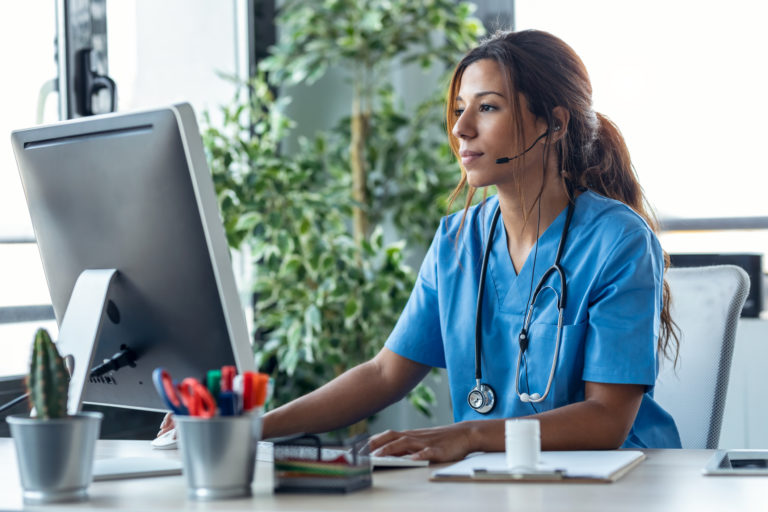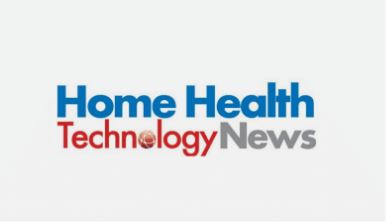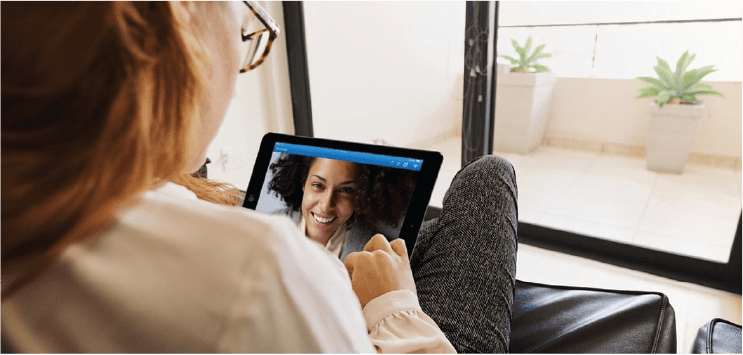Remote Patient Monitoring devices or RPM is the next frontier in modern medical science. In 2020, the global market size for the RPM systems was predicted to reach a value of over $2 billion by 2027. With social distancing becoming the new normal in a pandemic-ridden world and the desire to transition to value-based healthcare, the vast majority of healthcare and pharmaceutical industries are heavily investing in devices and technology that is capable of gathering patient data remotely.
Remote monitoring devices allow the patient to use a device as simple as the smartphone to acquire and send their patient-generated health data (or PGHD) to their doctors. Instead of scheduling an appointment, commuting to and from a provider’s office, sitting in a waiting room and then an exam room to see a doctor, patients can have many of their tests and checkups performed remotely.
How Do Remote Patient Monitoring Devices Work?
Remote patient monitoring devices are a subcategory of homecare telehealth that are used to collect data about a patient, including weight, heart rate, blood pressure, heart rhythm, blood sugar, and more. A telehealth system sends the data securely to the patient’s provider for monitoring.
Remote patient monitoring devices, such as wearable devices and health apps conveniently and effortlessly blend in with a patient’s lifestyle. Everything from sensor patches to smartphone pads make gathering vital signs and symptomatic data comfortable, fast and easy. Wearable devices are rapidly growing in chronic disease management because they are not only simple for the patient to manage, but they are believed to enhance and improve telehealth outcomes.
With remote patient monitoring devices, providers are able to administer personalized healthcare to the patients in the comfort of home. When combined with a telehealth solution, providers can effectively connect with their patients and provide a better patient experience for ongoing monitoring. Providers who utilize these technologies believe that patients will experience improved outcomes as they become more proactive in managing their chronic conditions.
Simply put, remote monitoring devices are making virtual care from providers easier and more accessible.
Examples of Remote Patient Monitoring Devices
Handheld assets are the backbone of remote patient monitoring systems. Their ability to gather and transmit the data over online platforms takes healthcare to a new level. Some of the most common ones used for patients are:
– Blood pressure monitors, along with pulse readings
– Glucose indicators for those who have diabetes
– Remote infertility treatment
– Exercise and calorie burning trackers
– Calorie intake calculators
– Surveillance monitors for dementia patients
– Voice apps that remind patients to take medications
Benefits of Remote Patient Monitoring Care
Here are some of the direct benefits of RPM.
– Automated alerts result in enhanced patient care. Crucial time is saved – time that would have been lost had the patient physically traveled to the doctor, battling schedules and traffic.
– Reduced outpatient visits to the clinic.
– Marked reduction in medical costs – both for the hospital as well as the patient.
– An accurate and quicker reading of vitals.
– Patients become more conscious about their health conditions as they self-monitor. Likewise, many conditions can be treated early, preventing them from escalating into chronic or life-threatening conditions.
– Increases patient engagement with the doctor and results in value-based care.
– Provides a historical record of saved health data and medical records on a device with cloud technology, making it accessible 24/7.
Use of Cutting Edge Technology in Remote Patient Monitoring
With the rising interest and innovation in wearable devices, the sky seems to be the limit on where the technology will take us. Some advanced systems are also starting to incorporate the use of implantables, blood pressure cuffs, and pulse oximetry. Passive health data collection is also being explored, with beacons installed at homes that can transmit data even as the subject is moving or is engaged in other activities. This is of great help to recovering patients who might not be able to leave the house but need monitoring when no one else is physically present.
The systems are being upgraded to not only detect reading anomalies but also automatically and instantly alert the physician or the caregiver about the anomaly through emails or texts. The patient will no longer need to wait for a test result, but instead, will rely on the monitoring device to recognize emerging issues even before a provider would think to test for it.
This same technology has already proven effective in helping combat the spread of COVID-19 in hospital settings and giving nurses more time to spend actually treating patients. A cloud-based continuous patient temperature monitoring device alerts caregivers through when it detects abnormal body temperature. Nurses spend less time taking temperatures and more time caring for critically-ill patients.
Remote monitoring device technology is already being used to track the progress of the healing of wounds. Patients often end up visiting hospitals because they wonder if their wound is healing properly. This is not only costly for the patient but crowds emergency rooms with non-urgent patients.
With this technology, however, physicians will be able to remotely track how the wound is healing, or whether a change of medication is required to speed recovery. They will also be notified if conditions like diabetes are interfering with the healing or not.
Remote patient monitoring devices is rapidly becoming essential to deliver modern patient care at scale. By creating awareness and promoting its benefits for both providers and patients alike, it is possible to make healthcare more accessible, affordable and effective for future generations.





